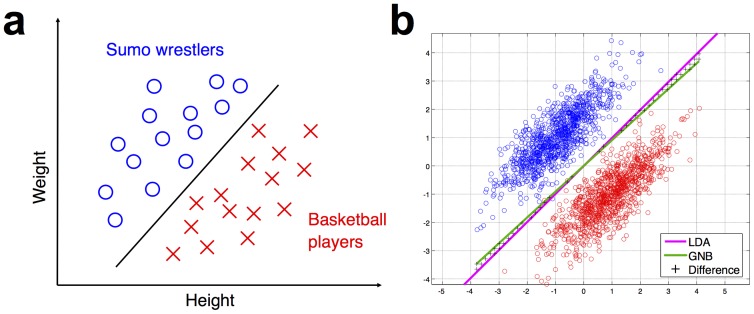Figure 2. Basic illustration of how a GNB classifier can perform well in a categorization task, even when there is task-relevant covariance between the input dimensions.
The task, showing in panel (a) is to distinguish between sumo wrestlers and basketball players, based on the input dimensions of height and weight. Only considering one dimension at a time is insufficient to perform the categorization. However, as panel (b) illustrates, the classification boundary drawn by a GNB (shown in green) is almost identical to that drawn by linear discriminant analysis (LDA, shown in purple). The two different classifiers give different class predictions only in a very small part of the input space, marked with black crosses. The LDA classifier is Fisher's Linear Discriminant, which is similar to a GNB in that it models the mean and variance of the data's input dimensions, but different in that it also models the covariance of the dimensions.

